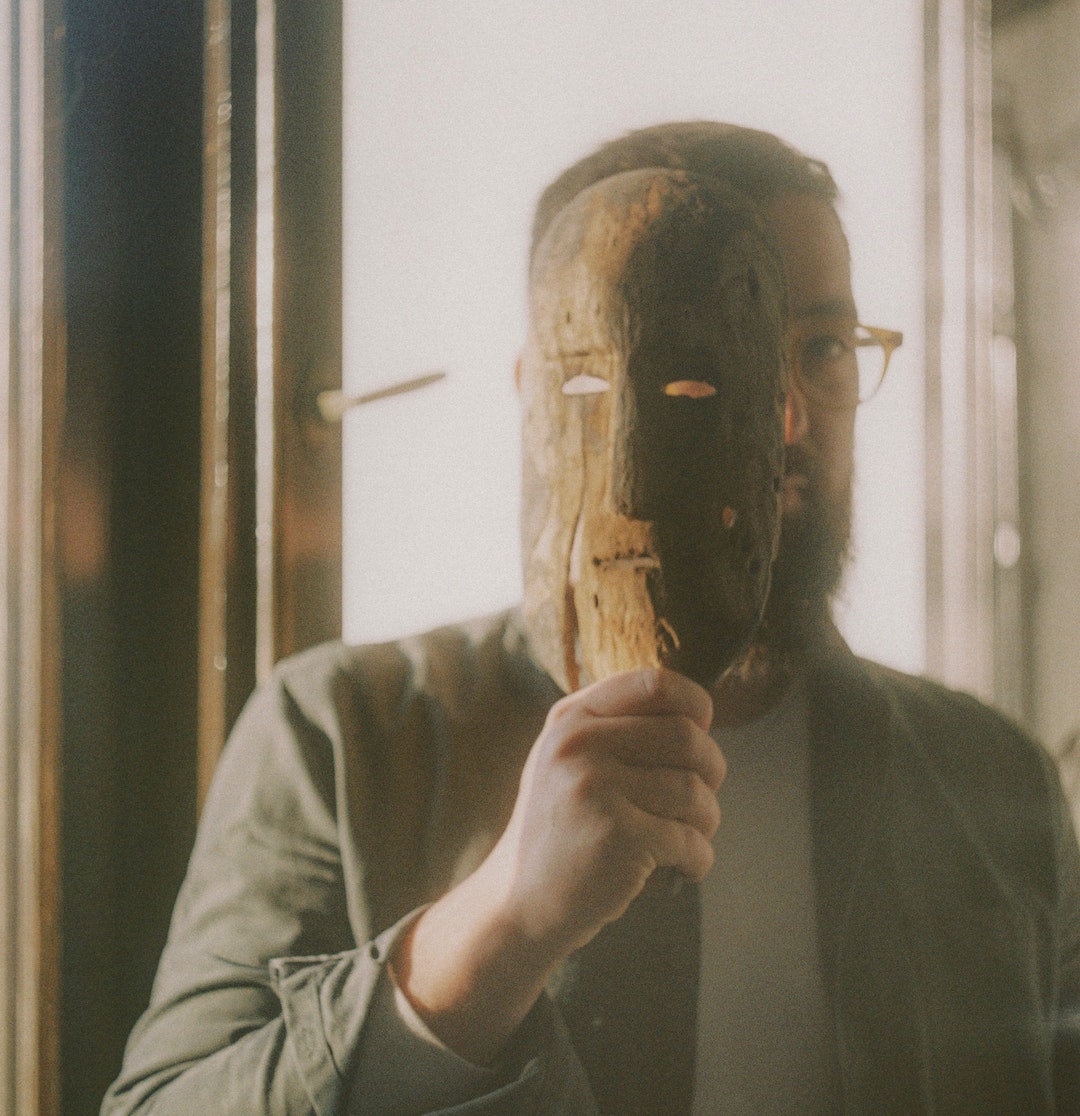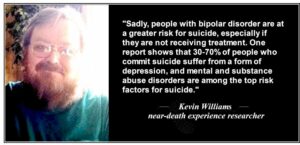PublicHealthLibrary.org is a project created by Steve Johnson and fellow premedical students whose love of medicine combined with information technology has given them the opportunity to serve the community for all people, not just those in the health and medical field. As it states on the PublicHealthLibrary.org website: “A common situation every pre-med, med student, or doctor faces in their downtime is that everyone comes and asks them for unofficial advice. This betrays a greater problem: the general lack of accessible health information resources that the public feels comfortable consulting with to answer their questions.”
For these reasons and more, PublicHealthLibrary.org makes available accurate health facts, advice, and general answers for all people on the Internet including a list of links to health and medical related websites and smartphone apps. Along with continuing to spread trustworthy information and resources through his website, Steve Johnson also enjoys tennis and adding to his record collection in his spare time. The following article by Steve Johnson is about dealing with a loved one who has bipolar disorder. This is a subject close to my heart as I, Kevin Williams (webmaster), and members of my family have battled this terrible mental illness for generations.
Bipolar disorder, or manic-depressive illness, is a brain disorder that results in unusual changes in mood, energy, activity levels, and the ability to complete daily tasks. There are four types of bipolar disorder, each of which includes apparent changes in mood, energy, and activity levels that range from extremely elated and energized behavior to extremely hopeless, depressive episodes. With the proper diagnosis and treatment, people with bipolar disorder lead happy, healthy, and productive lives. Here are some tips for loved ones of those with bipolar disorder on how they can help their bipolar family member or friend:
1. Tip One: Know that Bipolar Disorder requires careful monitoring and compliance
Medical professionals and family members and friends can help their loved one with bipolar disorder stay on track by regularly checking in and seeing how they are doing. Bipolar disorder can be difficult to manage, and patients must take their medication daily and follow through with therapy and other treatments.
While it is important not to be pushy or controlling, friends and family should help their loved one with bipolar disorder in important ways. Offer encouragement and support and let them know that you love them.
First, educate yourself about bipolar disorder. Understand that your loved one cannot control their moods and that understanding and patience are critical to their well being. You need to learn to accept their limits and understand that the ups and downs cannot be managed with lectures or admonishments from you.
You also need to understand that stress negatively affects your loved one, so you can help to reduce stress by establishing a routine and helping with housework, groceries, and other responsibilities.
It’s also important to encourage your loved one to see a doctor regularly. Medical treatment and therapy will help your loved one better manage their bipolar disorder and feel more comfortable and confident in living with it.
You may assist in finding qualified doctors, arranging appointments, providing transportation, and communicating with the doctor. Noting your loved one’s progress and relapse are important, too.
2. Tip Two: Understand the connection between Bipolar Disorder and addiction
While the National Institute on Alcohol Abuse and Alcoholism (NIAAA) recognizes a link between bipolar disorder and addiction, there is no clear cause of the link yet. Loved ones of those with bipolar disorder must understand that “alcohol may worsen the clinical course of bipolar disorder, making it harder to treat.” One report from a National Institute of Mental Health’s Epidemiologic Catchment Area study found that a high rate of individuals with bipolar disorder also abuse alcohol:
— 60.7% of individual with bipolar I disorder had a substance abuse disorder, which may include alcohol abuse or other drug abuse, at some point in their lifetime
— 46.2% of individuals with bipolar I disorder had an alcohol use disorder
— 40.7% of people with bipolar I disorder had a drug abuse or dependence diagnosis
The American Journal of Managed Care also found that people with bipolar disorder are more likely to be addicted to drugs or alcohol.
3. Tip Three: Know the warning signs of addiction
Because of the greater risk for individuals with bipolar disorder to become addicts, their loved ones should be aware of the most common signs and symptoms of addiction. Those suffering from substance abuse may be excessively moody, have poor focus, feel depressed, or express bitterness and resentment.
These signs and symptoms may mimic those of a depressive episode, so you should alert your loved one’s doctors about your concerns. You may also notice that your loved one is participating in risky behavior or stops participating in activities that they typically enjoy.
4. Tip Four: Understand the risk of suicide for those with Bipolar Disorder
Sadly, people with bipolar disorder are at a greater risk for suicide, especially if they are not receiving treatment. One report shows that 30-70% of people who commit suicide suffer from a form of depression, and mental and substance abuse disorders are among the top risk factors for suicide.
If your loved one with bipolar disorder discusses suicide, always talks or thinks about death, makes comments about being hopeless or worthless, or experiences worsened depression, you should get help immediately. Contact their doctor and be as honest as possible, so that you can help to prevent the suicide of your bipolar loved one.
It is not easy to live with bipolar disorder. Friends and family members of those with bipolar disorder can take steps to help their loved one lead a happy, healthy life. Following these tips will help you to ensure the well being of your loved one.
5. Treatment of Bipolar Disorder
The emphasis of the treatment of bipolar disorder is on effective management of the long-term course of the illness, which can involve treatment of emergent symptoms. Treatment methods include pharmacological and psychological techniques.
The primary treatment for bipolar disorder consists of medications called mood stabilizers, which are used to prevent or control episodes of mania or depression. Medications from several classes have mood stabilizing activity. Many individuals may require a combination of medication to achieve full remission of symptoms. As it is impossible to predict which medication will work best for a particular individual, it may take some trial and error to find the best medication or combination for a specific patient. Psychotherapy also has a role in the treatment of bipolar disorder. The goal of treatment is not to cure the disorder but rather to control the symptoms and the course of the disorder. Generally speaking, maintenance treatment of bipolar disorder continues long after symptom control has been achieved.
Following diagnostic evaluation, the treating clinician must determine the optimal treatment setting in order to ensure the patient’s safety. Assessment of suicide risk is key, as the rate of suicide completion among those with bipolar disorder may be as high as 10–15%. Hospitalization should be considered in patients whose judgment is significantly impaired by their illness, and those who have not responded to outpatient treatment; this may need to be done on an involuntary basis. Treatment setting should regularly be re-evaluated to ensure that it is optimal for the patient’s needs.
Mood Stabilizers
Lithium salts have been used for centuries as a first-line treatment for bipolar disorder. In ancient times, doctors would send their mentally ill patients to drink from “alkali springs” as a treatment. Although they were not aware of it, they were actually prescribing lithium, which was present in high concentration within the waters.
A number of anti-convulsant drugs are used as mood stabilizers, and the suspected mechanism is related to the theory that mania can “kindle” further mania, similar to the kindling model of seizures. Valproic Acid, or valproate, was one of the first anti-convulsants tested for use in bipolar disorder. It has proven to be effective for treating acute mania.
Antipsychotics work best in the manic phase of bipolar disorder. Second-generation or atypical antipsychotics (including aripiprazole, olanzapine, quetiapine, paliperidone, risperidone, and ziprasidone) have emerged as effective mood stabilizers.
Antidepressants
Antidepressants should only be used with caution in bipolar disorder, as they may not be effective and may even induce mania. They should not be used alone, but may be considered as an adjunct to lithium. The concurrent use of an antidepressant and a mood stabilizer, instead of mood stabilizer monotherapy, may lower the risk of further bipolar depressive episodes in patients whose most recent depressive episode has been resolved.
6. Kevin Williams’ Experience with Bipolar Disorder
Beginning in 1980, I began to have yearly bouts of depression that would happen at the same time every year like clockwork. They would last as long as a month. At first, the bouts were minor. I thought they were just personality problems. I didn’t what they were. But as they became more severe, frightening hallucinations would occur – hearing voices, seeing distorted faces, and religious delusions involving hell, demons, and the devil. Then in 1989, I had a bout that was so severe it became a major crisis and caused me to seriously contemplate suicide for the first time in my life. Read more about it in this article.
In summary, I describe my bouts of psychotic depression this way: “Depression is not only extreme emotional sadness, it can be so physically disabling, you have absolutely no energy or desire to get out of bed or even move. Using an appropriate analogy, it feels like falling into a deep, dark grave for which you cannot possibly climb out on your own power. Existing inside such a grave, means there is nothing else to do but think about your depressing situation and believe it will never get any better. In fact, left untreated, depression can get even worse. Your condition can then become a devastating mental, emotional, and physical ‘hell’ comparable to transforming into a ‘zombie’ – one of the ‘living dead.’ It feels like the death of your very spirit, and you are now nothing but an empty corpse, with all hopes of ever living again forever lost. As time drags on, moment by everlasting moment, and still left untreated, depression can become even worse. Your mind can start ‘playing tricks’ on you as you are dragged through the very gates of insanity. Here is where psychosis takes over, where frightening voices from hell are heard, where terrifying ‘demonic’ apparitions are battled with, where bizarre delusions become real, and a horrific reality displays itself like an endless ‘loony tune show’ in your head and all around you. This mental and physical torture can become so overwhelming that suicide appears like a welcome friend and the only way out. All the while, friends and family wonder why you can’t just ‘snap out of it’ and get out of bed.”













